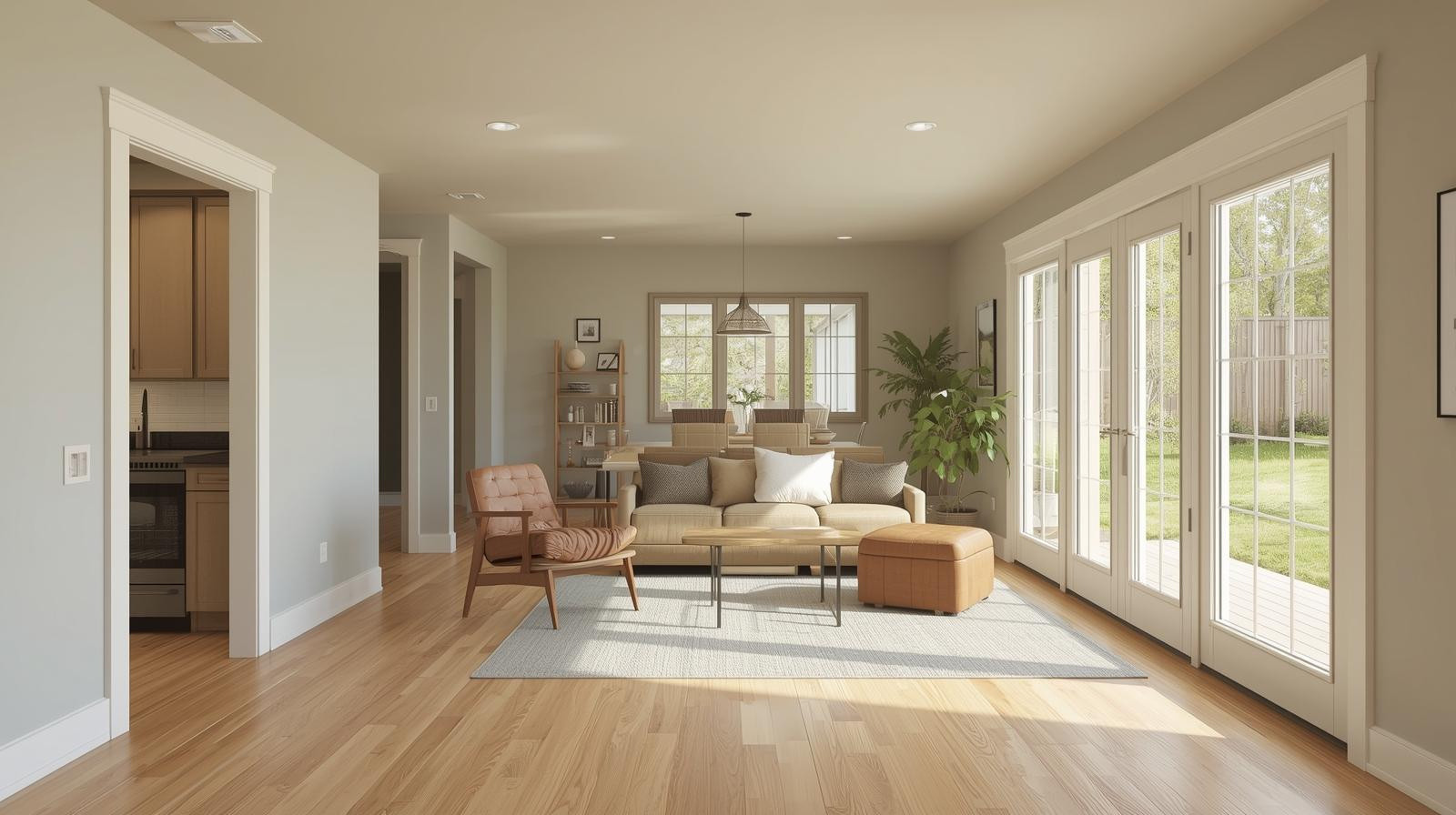Designing for Aging in Place: Remodel Ideas for the Future

As families grow and lifestyles evolve, many homeowners are choosing to remain in their homes longer. Rather than relocating or entering assisted living communities, more people are embracing the concept of aging in place—living safely, comfortably, and independently at home for as long as possible. At Coleman Build, we believe thoughtful remodeling can help make this possible, blending beauty, accessibility, and practicality into the spaces you use every day.
Whether you're planning for your own future or preparing a home for aging parents, designing with longevity in mind doesn't mean sacrificing style. With smart layout improvements, modern materials, and subtle accessibility features, your home can continue to support your needs well into the future.
What Does “Aging in Place” Mean?
Aging in place means creating a living environment that adapts to changing needs over time. It emphasizes:
- Safety
- Mobility
- Comfort
- Accessibility
It’s about preparing your home today so it remains functional tomorrow—without requiring major structural changes down the road.
Start with the Layout: Smooth Transitions & Open Spaces
As mobility changes, narrow hallways, sharp turns, or cluttered layouts can make daily living more challenging. A remodel that opens up space can improve flow and reduce hazards.
Key Layout Ideas:
- Widen doorways to at least 36 inches to allow for walkers or wheelchairs.
- Opt for open floor plans that make navigation easier.
- Level out flooring transitions to prevent trips and falls.
Even small changes—like rearranging furniture to improve walking space—can have a big impact. Our team at Coleman Build helps homeowners evaluate these details to ensure the home remains both functional and inviting.
Focus on the Bathroom: Comfort and Safety Come First
Bathrooms are one of the most important areas to consider when designing for aging in place. They can also be one of the riskiest spaces due to slippery surfaces and limited maneuvering space.
Smart Bathroom Remodel Features:
- Walk-in showers with zero-threshold entries for easy access.
- Non-slip flooring to reduce fall risk.
- Grab bars that blend with your décor—modern styles look like elegant fixtures.
- Built-in shower benches for comfort and stability.
- Comfort-height toilets, which are slightly taller and easier to use.
Today's designs offer accessibility without looking clinical. With the right finish selections, your bathroom can remain stylish, modern, and welcoming.
Kitchen Upgrades that Support Independence
Kitchens are central to daily life, so incorporating ease of use is essential. Small changes make everyday tasks—from cooking to cleanup—more manageable.
Kitchen Design Ideas:
- Install pull-out shelves and drawers instead of deep cabinets to minimize bending and reaching.
- Lower or adjustable-height countertops can support users with mobility devices.
- Choose lever-style or touch-activated faucets to reduce strain on hands and wrists.
- Ensure ample task lighting under cabinets and around prep areas.
We also recommend prioritizing appliances that are easy to operate and positioned at safe heights—wall ovens at waist height, drawer dishwashers, and side-opening microwaves are excellent options.
Lighting & Visibility: Bright, Clear, and Controlled
Good lighting is essential for comfort and safety, especially as eyesight changes. Dark hallways, stairwells, and work areas can become hazards.
Helpful Lighting Enhancements:
- Add motion-sensor lighting in hallways and bathrooms for nighttime safety.
- Use dimmer switches to adjust brightness as needed.
- Increase natural light with larger windows or skylights.
- Choose bulbs with warm tones that reduce glare.
Smart lighting systems that can be controlled by voice or smartphone add convenience and reduce physical strain.
Flooring Considerations
Flooring should feel comfortable underfoot and reduce the risk of slipping.
Best Flooring Choices for Aging in Place:
- Luxury vinyl plank (LVP)
- Cork flooring
- Rubber-backed carpet tiles
- Textured tile (for bathrooms or entryways)
Avoid thick, high-pile carpets and glossy tile finishes, which can create mobility and traction challenges.
Technology for Support and Peace of Mind
Modern smart home technology can make aging in place safer and more independent.
Useful Smart Home Features:
- Video doorbells for secure entry.
- Smart locks to avoid fumbling with keys.
- Voice-controlled systems (lighting, thermostats, blinds).
- Fall detection devices or wearable sensors.
These tools allow homeowners to maintain autonomy while giving friends and family peace of mind.
Why Planning Now Matters
Preparing your home before mobility changes occur gives you:
- More design flexibility
- More time to budget and plan
- A more comfortable transition later
- The ability to enjoy improvements immediately
At Coleman Build, we approach aging-in-place remodeling with care. We assess your needs now and anticipate the needs of the future to create a home that grows with you.
Let Coleman Build Help You Create a Home for Life
Aging in place is about more than accessibility—it’s about preserving your independence, dignity, and comfort. With thoughtful planning and expert craftsmanship, your home can remain a safe and enjoyable place to live for many years to come.
If you're considering a remodel for long-term living, we’d love to help.
Contact Coleman Build today to schedule a consultation and explore solutions tailored to your lifestyle and future needs.
Your home should support your life—not limit it. Let’s build with your future in mind.
